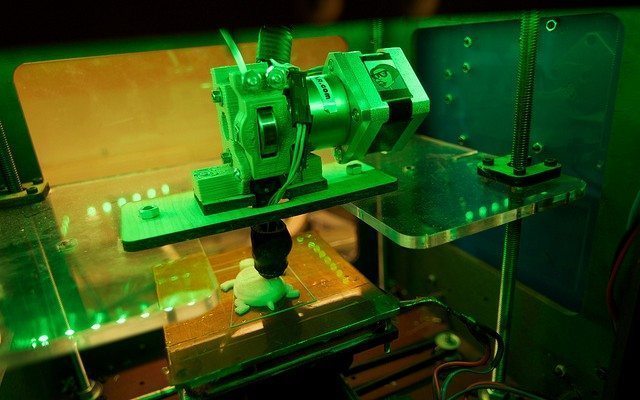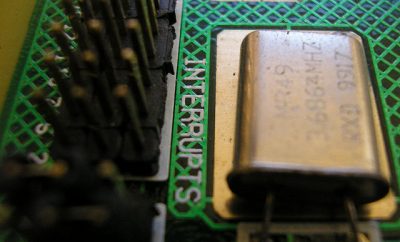
News
Need a Gun? Just Print One Out
Three-dimensional printing has become a new hot tech trend in recent years. 3-D printers build things through an additive process—building layer after layer of an item to make it solid. While commercial use is becoming more of a possibility, for the most part, engineers and designers usually use 3-D printing to create prototypes for significantly larger designs.
You can make pretty much anything with 3-D printers, including gun parts. There are groups are quite active in their attempt to print guns. A company based out of Texas called Defense Distributed, makes AR-15 lower receivers, which house most of the mechanics. At its most basic, the receiver is what makes a gun operate, and it is the part that can be illegal to sell. Other gun parts, such as barrels or handles, are not controlled, and be can be easily bought online. A lesser focus of the group is printing magazines and magazine clips for their manufactured guns. Defense Distributed’s mission statement is:
To defend the civil liberty of popular access to arms as guaranteed by the United States Constitution and affirmed by the United States Supreme Court, through facilitating global access to, and the collaborative production of, information and knowledge related to the 3D printing of arms; and to publish and distribute, at no cost to the public, such information and knowledge in promotion of the public interest.
3-D guns, or at least, gun parts, are most likely going to part of the future. Private citizens aren’t the only ones playing around with this kind of technology. The ATF has made and built a functioning 3-D gun nicknamed, “The Liberator.” This gun does not contain any metal parts or serial numbers.
In reality, the technology is still too new, and still too expensive for the everyday consumer. But last week, one city took action to try to limit potential future impact. Philadelphia’s city council passed a law last week banning anyone without a gun license from making or using a 3-D printed gun. The law passed unanimously, and has since been slammed as reactionary and preemptive. But one of the reasons for Philadelphia’s quick move is that a federal law that bans firearms that cannot be detected by a metal detector expires next month.
Technically this law will not be official until Philadelphia’s mayor, Mayor Michael Nutter, signs it. Other cities and states are considering similar legislation, such as New York, California, and Washington DC. The problem is that if these 3-D guns actually become popular and useful, this legislation will probably have fairly little effect. If 3-D printers become regular facets in consumer homes, which some advocates predict they will because of their ability to create many needed household items, producing your own gun could become incredibly easy. The plans for these guns or gun parts, once perfected, could be shared over the Internet as easily as pirating music.
This is another tricky intersection between law and technology. For once, it seems like the law may have overtaken the technology—critics are right in saying this law might be a bit preemptive. But this technology can still be incredibly dangerous once it is perfected, and a larger discussion on how to control the spread will be warranted.
—
Anneliese Mahoney (@AMahoney8672) is Lead Editor at Law Street and a Connecticut transplant to Washington D.C. She has a Bachelor’s degree in International Affairs from the George Washington University, and a passion for law, politics, and social issues. Contact Anneliese at amahoney@LawStreetMedia.com.
Featured image courtesy of [Keith Kissel via Flickr]








Comments